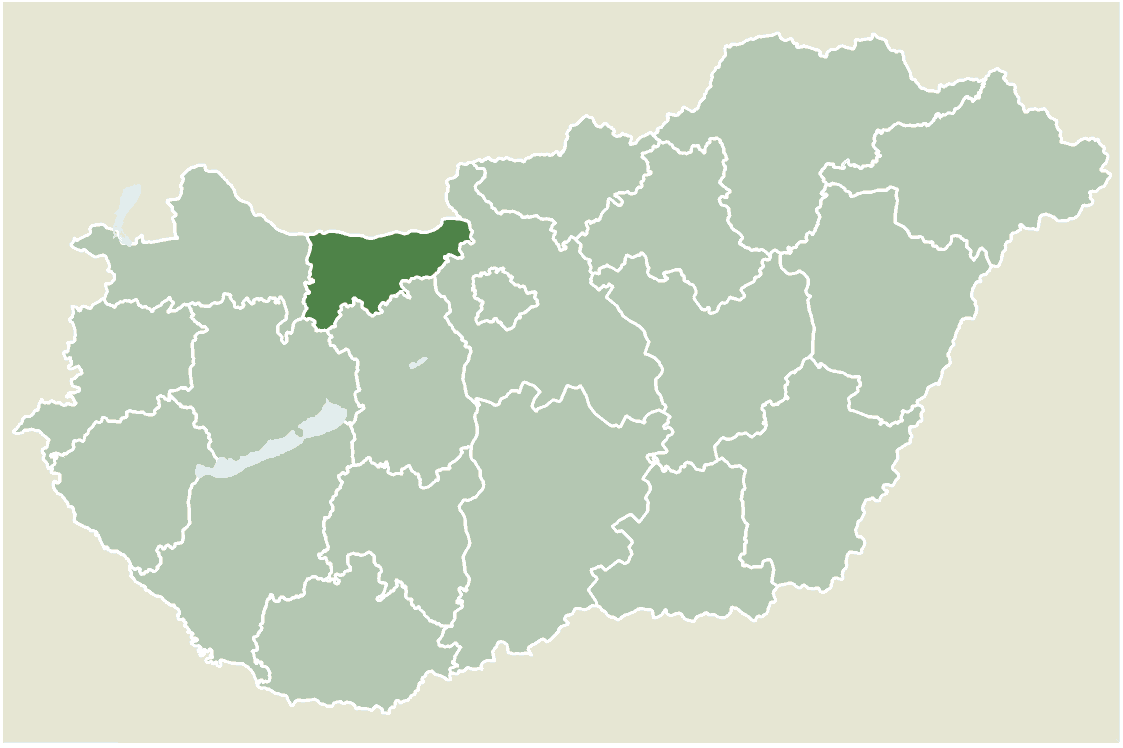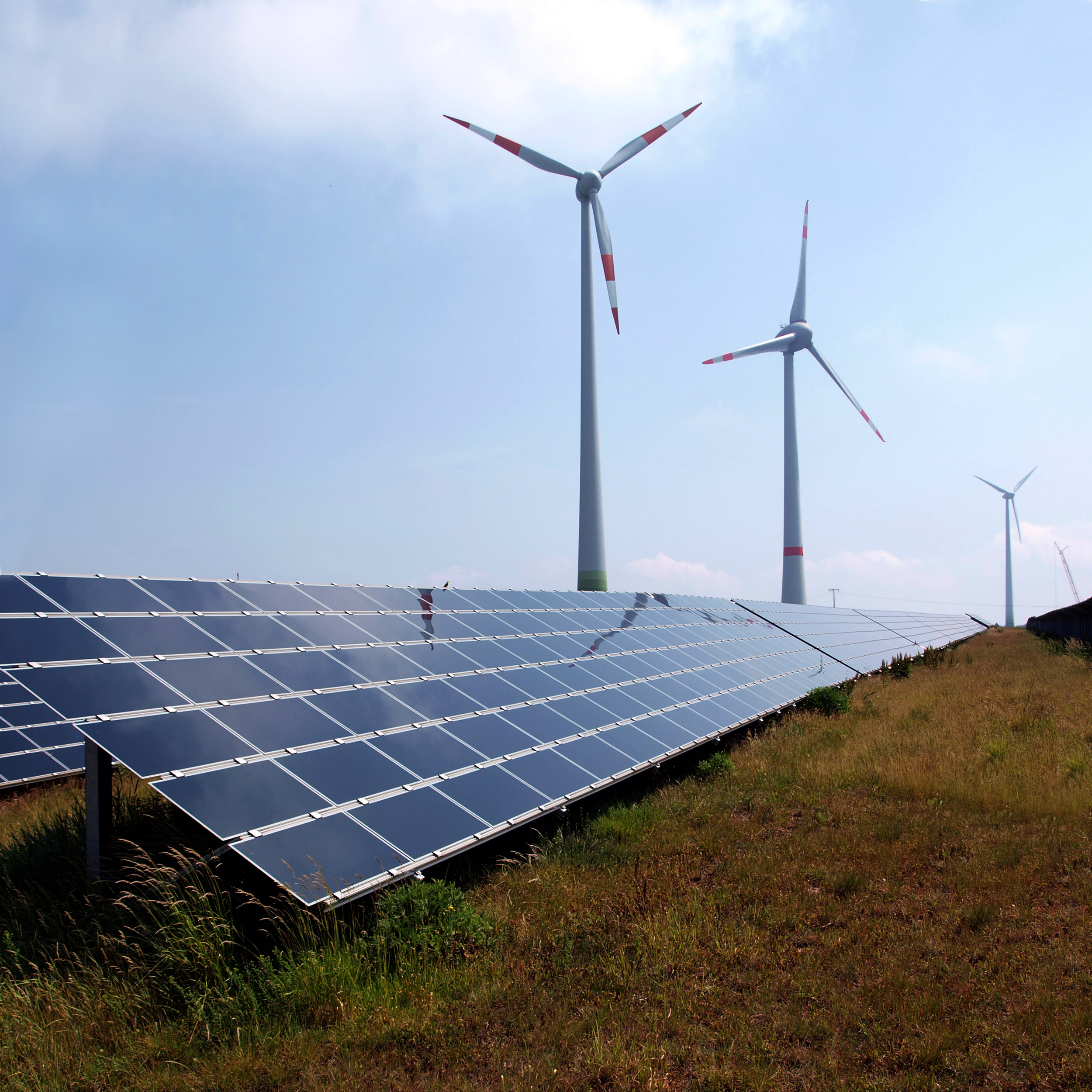|
Wind Power In Hungary
The installed capacity of wind power in Hungary was 329 MW as of April 2011. Most of wind farms are in the Kisalföld region. As of 1 April 2011, there were 39 operational wind farms in Hungary, with 172 turbines and 329 MW of installed capacity. Installed capacity Tenders *The first tender was written in 2006 and it contains 330 MW capacity. Till March 16, 2006 it received 1138 MW capacity. *In 2009 Hungary tendered for 410 MW of new wind capacity. It received 68 bids totalling 1100 MW capacity, but later the Hungarian Energy Office cancelled it. List of wind farms Biggest owners *MVM Group: :More than 5 MWp: Felsőzsolca, ''Paks'', Pécs, Visonta :Less than 5 MWp: *MET Power: Százhalombatta *Solar Markt: Csepreg, ''Kőszeg, Söjtör'', Vép *ALTEO Group: ''Balatonberény (7 MWp), Nagykőrös (7 MWp),'' Monor (4 MWp) See also *Renewable energy in Hungary *Energy in Hungary *List of renewable energy topics by country *Wind power in the European Union *Europe ... [...More Info...] [...Related Items...] OR: [Wikipedia] [Google] [Baidu] |
Bábolna
Bábolna is a town in Komárom-Esztergom county, Hungary. Bábolna houses the famous riding schoolPettko-Szandtner Tibor Lovas Szakiskola es Kollegiumand a world-famous stud farm A stud farm or stud in animal husbandry is an establishment for selective breeding of livestock. The word " stud" comes from the Old English ''stod'' meaning "herd of horses, place where horses are kept for breeding". Historically, documentation .... References External links * in Hungarian *Street map Populated places in Komárom-Esztergom County {{Komarom-geo-stub ... [...More Info...] [...Related Items...] OR: [Wikipedia] [Google] [Baidu] |
Wind Power In The European Union
As of December 2017, the European Union had a total installed wind capacity of 169.3gigawatts (GW). In 2017, a total of 15,680 MW of wind power was installed, representing 55% of all new power capacity, and the wind power generated 336 TWh of electricity, enough to supply 11.6% of the EU's electricity consumption. In the future, wind power is likely to continue to grow in the European Union. According to a European Environment Agency report, wind energy can play a major role in achieving the European renewable energy targets. The European Wind Energy Association (now WindEurope) has estimated that 230 gigawatts of wind capacity will be installed in Europe by 2020, consisting of 190 GW onshore and 40 GW offshore. This would produce 14-17% of the EU's electricity, avoiding 333 million tonnes of CO2 per year and saving Europe €28 billion a year in fuel costs. Research from a wide variety of sources in various European countries shows that supp ... [...More Info...] [...Related Items...] OR: [Wikipedia] [Google] [Baidu] |
List Of Renewable Energy Topics By Country
This is a list of renewable energy topics by country and territory. These links can be used to compare developments in renewable energy in different countries and territories and to help and encourage new writers to participate in writing about developments in their own countries or countries of interest. The list refers to renewable energy in general, as well as solar power, wind power, geothermal energy, biofuel, and hydro-electricity. As of 2013, China, Germany, and Japan, and India, four of the world's largest economies generate more electricity from renewables than from nuclear power. Based on REN21's 2014 report, renewables supplied 19% of humans' global energy consumption. This energy consumption is divided as 9% coming from traditional biomass, 4.2% as heat energy (non-biomass), 3.8% hydro electricity and 2% is electricity from wind, solar, geothermal, and biomass. China is the world's largest producer of hydroelectricity, followed by Canada, Brazil, India, U.S an ... [...More Info...] [...Related Items...] OR: [Wikipedia] [Google] [Baidu] |
Energy In Hungary
Energy in Hungary describes energy and electricity production, consumption and import in Hungary. Energy policy of Hungary describes the politics of Hungary related to energy. Statistics Nuclear power Hungary had, in 2017, four operating nuclear power reactors, constructed between 1982 and 1987, at the Paks Nuclear Power Plant. An agreement in 2014 with the EU and an agreement between Hungary and Rosatom may result in an additional two reactors being built for operation in 2030. The cost, estimated at €12.5bn, being funded mainly by Russia. Oil Hungary is reliant on oil from Russia for 46% of its needs in 2021, a decrease from 80% in 2013. An EU exemption to sanctions, following the Russian invasion of Ukraine in 2022 allows Hungary to continue importing oil from Russia until December 2023. MOL Group is an oil and gas group in Hungary. Gas Emfesz is a natural gas distributor in Hungary. Panrusgáz imports natural gas from Russia mainly Gazprom. The Arad–Szeged ... [...More Info...] [...Related Items...] OR: [Wikipedia] [Google] [Baidu] |
Renewable Energy In Hungary
Hungary is a member of the European Union and thus takes part in the EU strategy to increase its share of renewable energy. The EU has adopted the 2009 Renewable Energy Directive, which included a 20% renewable energy target by 2020 for the EU.EU Energy Policy to 2050 EWEA March 2011 By 2030 wind should produce in average 26-35% of the EU's electricity and save Europe €56 billion a year in avoided fuel costs. The national authors of Hungary forecast is 14.7% renewables in gross energy consumption by 2020, exceeding their 13% binding target by 1.7 percentage points. Hungary is the EU country with the smallest forecast penetration of renewables of the electricity demand in 2020, namely only 11% (including |
Wind Power In Hungary
The installed capacity of wind power in Hungary was 329 MW as of April 2011. Most of wind farms are in the Kisalföld region. As of 1 April 2011, there were 39 operational wind farms in Hungary, with 172 turbines and 329 MW of installed capacity. Installed capacity Tenders *The first tender was written in 2006 and it contains 330 MW capacity. Till March 16, 2006 it received 1138 MW capacity. *In 2009 Hungary tendered for 410 MW of new wind capacity. It received 68 bids totalling 1100 MW capacity, but later the Hungarian Energy Office cancelled it. List of wind farms Biggest owners *MVM Group: :More than 5 MWp: Felsőzsolca, ''Paks'', Pécs, Visonta :Less than 5 MWp: *MET Power: Százhalombatta *Solar Markt: Csepreg, ''Kőszeg, Söjtör'', Vép *ALTEO Group: ''Balatonberény (7 MWp), Nagykőrös (7 MWp),'' Monor (4 MWp) See also *Renewable energy in Hungary *Energy in Hungary *List of renewable energy topics by country *Wind power in the European Union *Europe ... [...More Info...] [...Related Items...] OR: [Wikipedia] [Google] [Baidu] |
European Wind Energy Association
WindEurope is an association promoting the use of wind power in Europe. Based in Brussels it has over 600 members, which are active in over 50 countries, including manufacturers with a leading share of the world wind power market, component suppliers, research institutes, national wind and renewables associations, developers, contractors, electricity providers, finance companies, insurance companies, and consultants. See also * Wind power in the European Union * Renewable energy in the European Union * List of renewable energy organizations * World Wind Energy Association (WWEA) *American Wind Energy Association The American Wind Energy Association (AWEA) is a Washington, D.C.–based national trade association formed in 1974, representing wind power project developers, equipment suppliers, service providers, parts manufacturers, utilities, researchers, ... * References External links WindEurope Official Home PageEWEA Offshore 2015EWEA 2015Creating the Internal Energy Marke ... [...More Info...] [...Related Items...] OR: [Wikipedia] [Google] [Baidu] |
MVM Group
MVM Group (Magyar Villamos Művek Zártkörűen működő Részvénytársaság, literally: ''Hungarian Electrical Works Private Limited Company'') is a Hungarian power company, the only one in the country responsible for the production, distribution and sale of electricity. The company owns several power plants including its most important clean electricity source: Paks Nuclear Power Plant with a total installed capacity of 2,000 MW and has 3,501 km of transmission lines. This single nuclear power plant provides more than half of Hungary's electrical power. An expansion is currently planned to add an additional 2 1200MWe VVER reactors, allowing for Hungary to decrease its carbon emissions and potentially become one of the cleanest electricity generators in Europe, along with France and Sweden. In 2011, MVM entered into the natural gas industry and became interested in the proposed gas pipeline South Stream. The Hungarian power company wants to add a connection to the ... [...More Info...] [...Related Items...] OR: [Wikipedia] [Google] [Baidu] |
Mosonszolnok Wind Farm
The Mosonszolnok Wind Farm is a wind farm in Győr-Moson-Sopron County, Hungary. It has 12 individual wind turbine A wind turbine is a device that converts the kinetic energy of wind into electrical energy. Hundreds of thousands of large turbines, in installations known as wind farms, now generate over 650 gigawatts of power, with 60 GW added each year. W ...s with a nominal output of around 2 MW which will deliver up to 24 MW of power, enough to power over 9,494 homes, with a capital investment required of approximately US$40 million. References Wind farms in Hungary {{wind-farm-stub ... [...More Info...] [...Related Items...] OR: [Wikipedia] [Google] [Baidu] |
Jánossomorja
Jánossomorja is a town in Győr-Moson-Sopron County, Hungary Hungary ( hu, Magyarország ) is a landlocked country in Central Europe. Spanning of the Carpathian Basin, it is bordered by Slovakia to the north, Ukraine to the northeast, Romania to the east and southeast, Serbia to the south, Croa .... It is a connection between the two villages Szentpéter (german: Sanktpeter) and Szentjános (german: Sanktjohann), located close to the Austrian border. Before 1946, those were German settlements with the German names St. Johann (St. John) and St. Peter. External links * in Hungarian References Populated places in Győr-Moson-Sopron County {{Gyor-geo-stub ... [...More Info...] [...Related Items...] OR: [Wikipedia] [Google] [Baidu] |
Mosonmagyaróvár
Mosonmagyaróvár (; german: Wieselburg-Ungarisch Altenburg; also known by other alternative names) is a town in Győr-Moson-Sopron County in northwestern Hungary. It lies close to both the Austrian and Slovakian borders and has a population of 32,752 (). Mosonmagyaróvár used to be two separate towns, Magyaróvár (german: Ungarisch Altenburg, sk, Uhorský Starhrad) and Moson (german: Wieselburg, links=no, sk, Mošon, links=no). The town of Moson was the original capital of Moson County in the Kingdom of Hungary, but the county seat was moved to Magyaróvár during the Middle Ages. The two towns were combined in 1939, and by now almost all signs of dualism have disappeared, as the space between the two towns has become physically and culturally developed. Due to the name's length, Mosonmagyaróvár is also referred to as ''Óvár'' amongst locals and ''Moson'' by foreigners. The Hansági Museum can be found in Mosonmagyaróvár. Etymology and names The name ''Moson'' ... [...More Info...] [...Related Items...] OR: [Wikipedia] [Google] [Baidu] |


